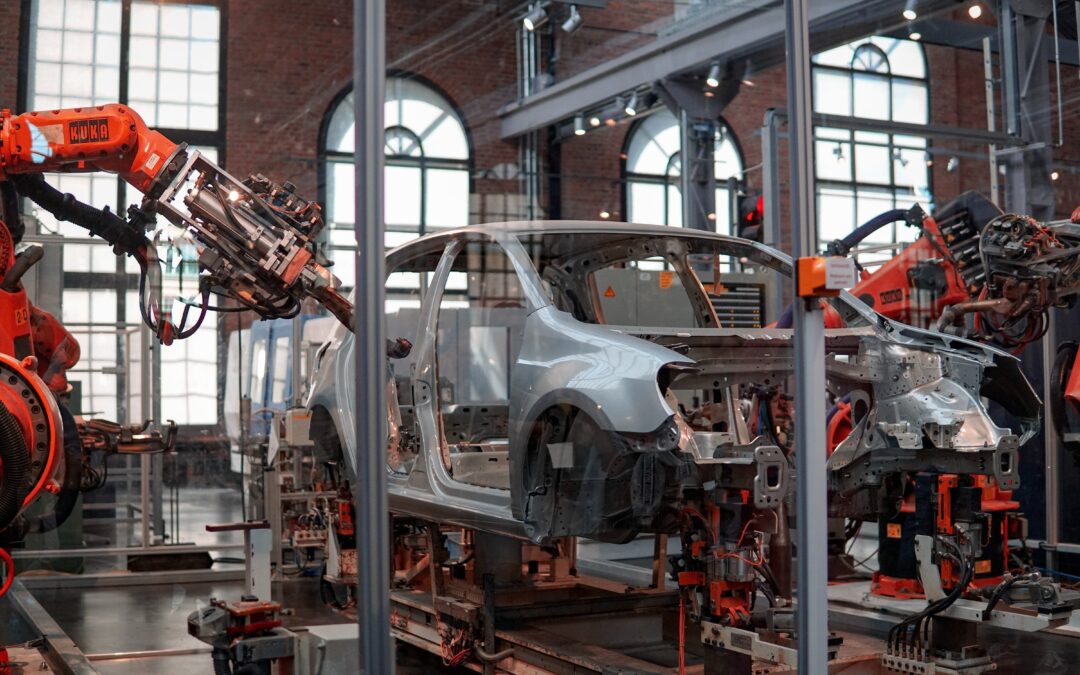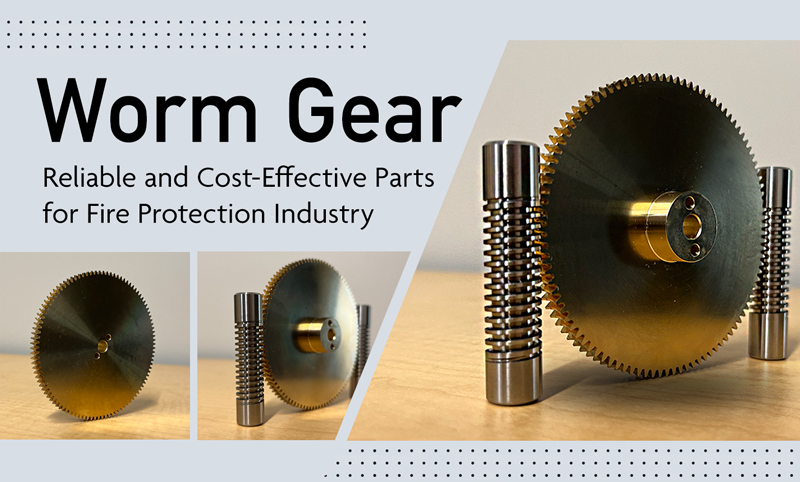OEM value chain
OEMs are part of the supply chain that produces finished goods. But the OEM value chain can be considered separately. The companies for which OEMs supply the components or equipment are the parent companies. Most often parent companies are much larger than OEMs. OEMs have their own suppliers and other OEMs to support their production. Sometimes, OEMs do not have a direct relationship with the parent company. In such cases, the relationship is facilitated by vendors that aggregate multiple OEMs for the parent company.
Consider a car manufacturer like Aston Martin. The company has plenty of OEMs supplying various parts for the company. Here, Aston Martin is the parent company. To produce a car Aston relies on a host of other companies to provide them with parts. Some of the OEMs that build components for Aston are:
- Engine from Mercedes
- Tires from Michelin
- Transmission from Ricardo
- Brakes from Brembo
- Throttle body and engine ECU from Bosch
- Audio system by Bang & Olufsen
Most of these companies are much smaller than Aston Martin. But Mercedes and Michelin are much larger companies. Each of these OEMs have other OEMs supporting their production process. This makes the OEM value chain complex and difficult to manage.
Modern challenges
Being part of a complex supply chain makes the operational side of OEMs difficult. Managing various suppliers, vendors, and parent companies has always been a challenge. Beyond this, OEMs face more challenges in modern times. Some of the modern challenges faced by OEMs are discussed in the following sections. These are a broad set of problems OEMs have to overcome. Each OEM will have its own set of challenges that have to be fought.
Hyper globalization
Modern supply chains are no longer restricted by geography. Faster and efficient transport has paved the way to a truly global supply chain. This means an OEM can have suppliers from all over the world. OEMs can also have parent companies spread across the world. This global network becomes difficult to manage and coordinate. The various time zones, languages, and legal structures pose significant challenges in being an OEM in this hyper-globalized world.
Increasing competition
While globalization opens many opportunities for OEMs it also increases competition. Now every OEM in different geography can supply to existing customers of an OEM. This increases competition as geographical barriers are removed. OEMs from developing nations can take advantage of low labor costs and supply parts at a cheaper rate. This undercuts the margins of uncompetitive businesses.
Customer demands
End consumers demand more features from their products. This is acknowledged by parent companies that want to deliver on their expectations. This in turn translates to demands from parent companies to their OEMs. Due to market forces, OEMs are forced to deliver more features and substance at a lower cost. This can only be possible by being flexible and agile in operations.
Supply chain disruptions
Supply chain disruptions have come forward to the limelight due to recent global events. Even before that, supply chain disruption has always been a concern for global OEMs. To deliver their target, OEMs have to efficiently coordinate with many global suppliers and shipping partners. Natural events and geopolitical events cause disruption in their plans. They have to constantly calibrate and adjust their operations, factoring in the potential impact of supply chain disruptions.
Digital transformation
Every industry is undergoing a massive shift in how they operate their business. They are increasingly relying on digital technologies to streamline their businesses. This shift is dubbed digital transformation. For an OEM, its parent companies and suppliers are going digital. This means that OEM cannot stand on the sidelines for this shift. If they do not embrace this change, they will become antiquated and will consistently lose business to their competitors who adopt digital technologies.
Modernizing OEM
Modern business paradigms are making it difficult for OEMs to conduct their business in a legacy manner. Thankfully, advances in silicon technology and silicon valley offer solutions to this conundrum. Modern technologies are capable of tackling modern challenges faced by OEMs.
OEMs have to embrace change in the business landscape. As challenging as it is, it also is an opportunity. Adopting modern technologies to the OEM value chain will help to decrease costs, deliver efficiency, and acquire new customers. Embracing the new digital paradigm is essential for the survival of OEMs. As more and more companies transform their business with digital tools, OEMs that do not adopt them will be discarded. Without using these tools, OEMs cannot fit into the digital infrastructure of their parent companies and suppliers.
A wide range of technologies help to digitally transform the OEM business. Some of the key technologies and how they are used are discussed in the following sections.
Industrial internet of things
Sensors and actuators, used in industrial contexts and connected to the internet, are the industrial internet of things. This helps to generate and store data in the cloud computing infrastructure. This data can be synchronized across different geographies and companies to streamline operations. All the complimentary technology required to power IIoT infrastructure is available and is getting cheaper with each passing day.
Big data analytics
The data generated with IIoT devices is enormous. A plant could generate terabytes of data every day. Traditional analytical tools and spreadsheets are not capable of handling such a large volume of data. This is where the need for big data analytics comes in. Machine learning algorithms are applied to big data stored in data lakes to generate insights.
Cloud computing
Cloud computing is using computing power offered by cloud technology providers. With this, OEMs don’t need to have computing infrastructure on their premises to perform analytics. They can scale computing resources up or down according to their needs. This dynamic allocation of resources reduces the need for upfront capital allocation and regular maintenance of computing infrastructure.
Real-time tracking
Tracking different materials and goods in the OEM value chain is a cumbersome task. This task can be handed over to automated tracking systems that use a series of network technologies like GPS, satellites, 4G, 5G, etc, to track objects in real-time. This helps OEMs gain visibility across their value chain.
Automation
Process automation has been introduced in industries since the arrival of SCADA systems. The pace of automation has moved to a higher gear with modern technologies. In addition to process automation, maintenance automation, support automation, and sales automation are also gaining prevalence. OEMs have to incorporate automation into their processes to gain an edge over competitors.
Blockchain
End consumers are becoming more cognizant of the implications of their consumption. Sourcing goods and materials from hostile regimes is not desirable. Similarly, using unsustainable methods of production is also not appreciated. They expect the entire supply chain of the products they consume to be ethical. The path of products from raw materials to store shelves can be tracked with blockchain. OEMs also have to take part in these efforts so their parent companies remain relevant to end consumers.
Digital twins
They are virtual replicas of physical assets hosted on cloud computing infrastructure. This virtual model is populated with real-time operational data collected with IIoT devices. This virtual model can be used to run simulations. The results of simulations can be used by OEMs to improve machine operations in the plant of the parent company. OEMs also use digital twins for predictive maintenance as they have the data from all the machines across different companies. OEMs also use digital twins to design improved iterations of existing machines.
Technology for OEM survival
The radical shift in the manufacturing industry is obvious to all players in the sector. OEMs are the most affected due to the change in manufacturing paradigms. In addition to the challenges in the OEM value chain, modern challenges also pose a threat to the existence of OEMs. Globalization, competition, and changing consumer demand require them to be agile and flexible to changing conditions.
Technology is an enabler for all businesses aspiring to be great ones. OEMs also have to embrace change in how business is done to thwart competition and stay relevant to their parent companies. A host of technology solutions are available to OEMs to improve their business fundamentals. OEMs should take proactive steps to adopt these technologies and integrate them into their value chains. OEMs that remain resistant to modern technologies will find it difficult to continue their business. At the current pace of digital transformation, such OEMs will be wiped out before the end of the decade.
Bryan Christiansen is the founder and CEO of Limble CMMS. Limble is a modern, easy-to-use mobile CMMS software that takes the stress and chaos out of maintenance by helping managers organize, automate, and streamline their maintenance operations.

Resourceful and innovative Marketing Pro, with 20+ years of progressive experience in the marketing and creative technology industry. Responsible for digital and traditional marketing efforts that promotes brand awareness, increases engagement, and drives revenue.

















